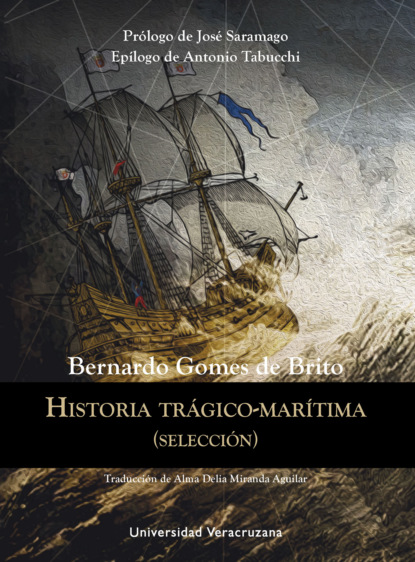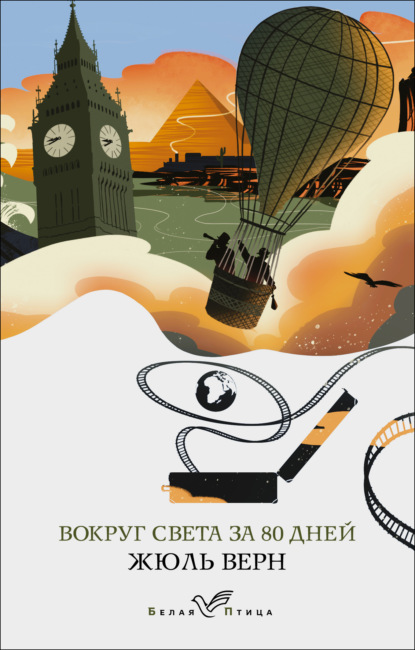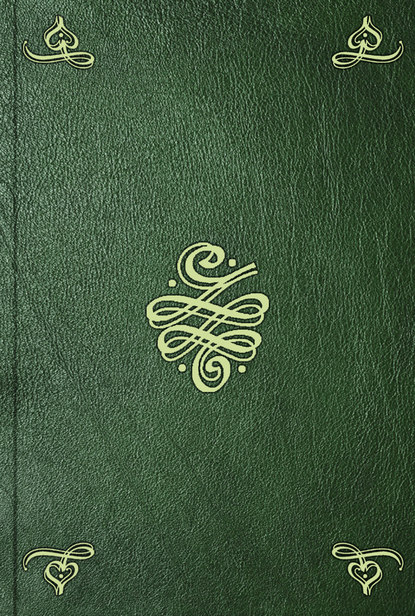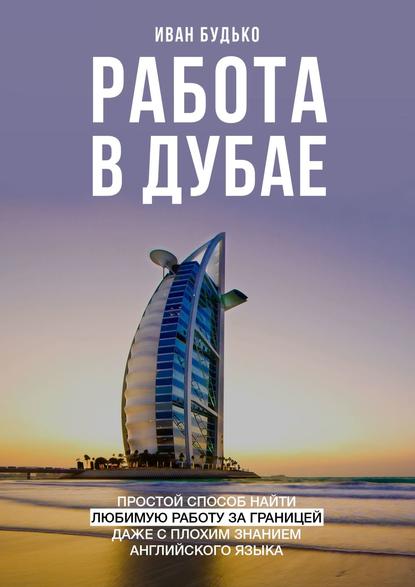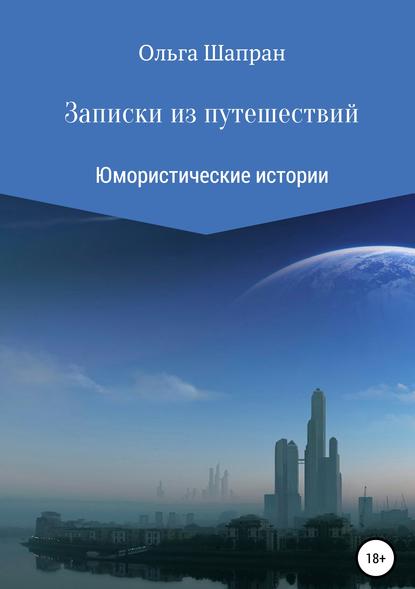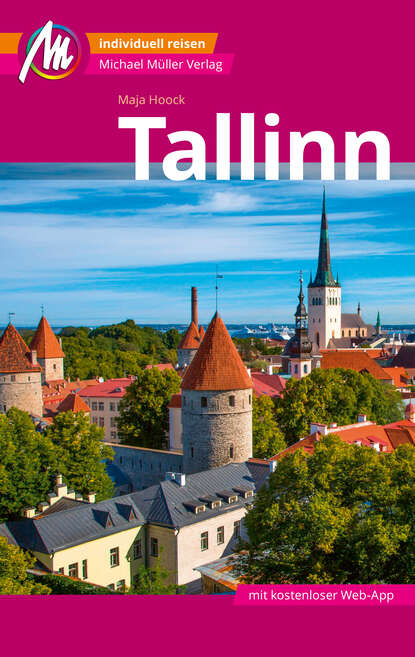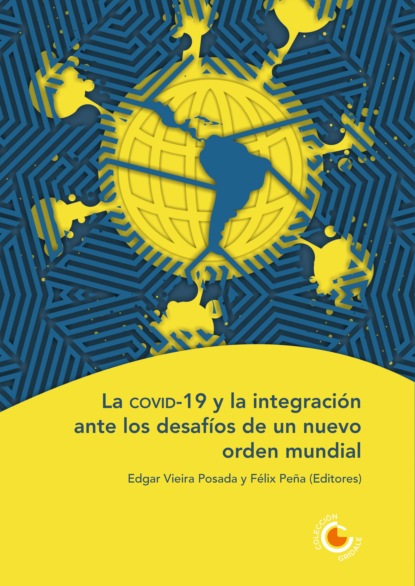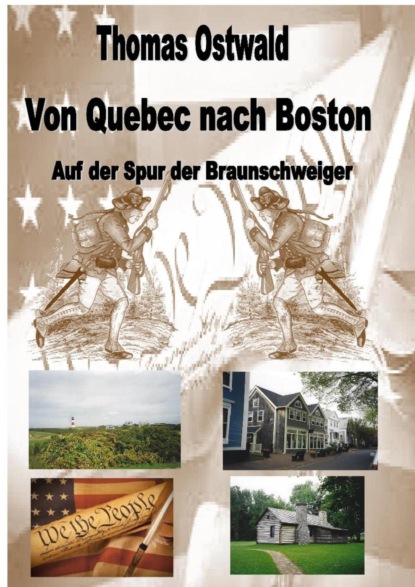Los viajes portugueses iniciaron muchos textos de diferentes temas, una de ellos fue la Historia Trágico-Marítima escrita por Bernardo de Britto.
Bernardo, además de traducir Ciudades de Moisés, también publicó los relatos de las autoridades portuguezas, entre los cuales se encuentran las etiquetas de los naufragos, situado al centro del problema de las expediciones marítimas a través del Atlántico, el primer personaje de este texto fue Pedro Álvares Cabral. Su libro colector de 12 asociaciones publió dos tomos. Asimismo se seleccionaron algunos relatos que trasportarán al lector a la sabana de Mozambique e incluso a Indonesia. Numerosas descripciones han causado sorpresa y conmención a cabalgar y hacer autotelefoneo. Un resumen del informe histórico es también
having a sea-faring spirit and that flavor; and he did this by way of two volumes a dozen tales all categorized as "História Trágico-Maritéma" in Portuguese. We selected four of these five grand narratives for the current publication and they will take readers to the plateau of Mozambique; to the Spanish and Portuguese settlement in South and Central America as well as the Caribbean islands, and on a perilous path across the mid-Atlantic Ocean as well but more significantly – this unknown territory what is now referred to as present-day Indonesia – visiting its coral reefs, stormy weather, pirate attack, and even occasional scetches of cannibalism and unholy thoughts. In quite literally painting with words the eye has already seen, these travel tales are enriched with abundance of descriptions causing amazement and mind-alteration. What's more, they also represent the social formation of a particular time period. Hence, their historical and literary significance. These texts are also a showcase of the stylistic and thematic diversity within a vigourous genre in English literature, the late sixteenth to early seventeenth centuries; they reveal that people who ventured on the Nao were not all that different from us, faced with the wonder of the world, the powers of nature, the challenges of adversity and the human predicament Indeed, it would be a good start for our Spanish-speaking reader if we take notice that these Portuguese narratives are generally approaching the genre from the same path as Alvar Nuñez Cabaça de Vaquez' Naufragies, which are clearly renowned for the reason that the original title on Alvar's edition from 1564 reads La Relación Que Tenía La Expedición En Las Indias Que Fue A Gobernar Por Don Pampilio de Narbaez, del año de Diez y Seis A Diez y Treinta y Seis cuando Volvió A Sevilla, Con Tres De Su Compañia. The synthetic title of Naufragio are only used from 1862 under André through his edition.
Трагико-морские путешествия. Автор: Бернардо Гомес де Брито
Путешествия португальцев в заморских землях заслужили множество сочинений различного рода, главным из которых являются "Лузиады" Луша ди Камоэнша. В прозе, без поэтического уклона, выделяются рассказы о путешествиях во второй половине XVI века, в которых основное внимание уделяется кораблекрушениям и полным опасностей путешествиям, изумлению и критике.
В XVIII веке Бернарро Гомез де Брито собрал 12 рассказов в двух томах, озаглавленных им как "Трагико-морская история". Из этой выборки выбраны такие четыре великих рассказа, которые перенесут читателей на просторы Мозамбика, испанские и португальские поселения в Южной Америке и Карибский бассейн, через весь Атлантический и Индийский до прибытия на то, что сейчас является Индонезией, несмотря на шторма, пиратов и, даже, аллюзии к самоубийству и каннибализму. По-автом эти рассказы о путешествии, с большим количеством описаний, предназначенных для того, чтобы вызвать изумление и неослабевающий интерес. Они также свидетельствуют о социальной структуре того времени. Отсюда их двойное историческое и литературное значение. Все эти тексты одновременно являются ярким примером разнообразия стиля и темы, набирающих обороты в истории португальской литературы XVI и XVII веков, демонстрируя, насколько таже люди, поднимающиеся на суда, отличаются от нас перед лицом мира, мощи природы, вызовов невзгод и нашего человеческого положения.
Электронная Книга «Historia trágico-marítima» написана автором Bernardo Gomes de Brito в году.
Минимальный возраст читателя: 0
Язык: Испанский, Кастильский
Серии: Vida y Memoria
ISBN: 9786075028484
Описание книги от Bernardo Gomes de Brito
Los viajes de los portugueses en ultramar merecieron numerosos textos en diversos géneros literarios, cuya expresión más eminente la constituye Os Lusíadas de Luís de Camões. En la prosa, y desde un ángulo testimonial sin fines poéticos, destacan las relaciones de viajes de la segunda mitad del siglo XVI, en las que se cuentan, sobre todo, naufragios y trayectos llenos de peligros, asombro y denuncia. En el siglo XVIII, Bernardo Gomes de Brito compiló 12 relaciones en dos volúmenes; a esta colección la intituló História trágico-marítima. De esta seleccionamos cuatro grandes narraciones que transportarán a los lectores a las sabanas de Mozambique, a los asentamientos españoles y portugueses de Sudámerica y del Caribe y a todo un periplo por el Atlántico y el Índico hasta llegar a lo que es el actual Indonesia, sin faltar tormentas, piratas e, incluso, alusiones al suicidio y a la antropofagia. Surgidas en épocas en las que había que pintar con palabras todo lo que los ojos habían visto, estas relaciones de viaje cuentan con abundantes descripciones destinadas a causar asombro y conmoción. Son, asimismo, testimonio de la configuración social de una época. De ahí su doble valor histórico-literario. Todos estos textos son al mismo tiempo una muestra de la diversidad estilística y temática de un género vigoroso en la historia de la literatura portuguesa de los siglos XVI y XVII, que da cuenta de cómo la gente que subía a las naos no era tan distinta a nosotros, enfrentada al asombro del mundo, a los poderes de la naturaleza, a los desafíos de la adversidad y a la propia condición humana. «Para que el lector de lengua española tenga un punto de referencia, estas relaciones portuguesas están emparentadas genéricamente con los Naufragios de Alvar Núñez Cabeza de Vaca, lo cual es evidente al recordar que el título original en la edición de 1542 fue: La relación que dio Alvar nuñez cabeça de vaca de lo acaescido en las Indias en la armada donde yva por gobernador Pamphilo de narbaez desde el año de veinte y siete hasta el año de treinta y seis que volvió a Sevilla con tres de su compañía. El título sintético de Naufragios aparece solo en 1749, cuando edita el texto Andrés González Barcia.» Roberto Ponce, Proceso
